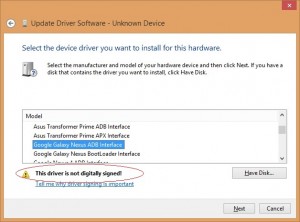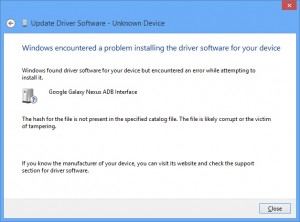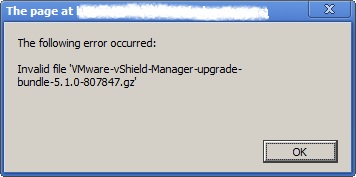If you’re using a 12th Generation Dell server, disable the SD Card in the BIOS. Keep reading for how I discovered this.
We recently received a handful of new Dell R720s and needed to lay down Windows Server 2008 x64. Got everything cabled, powered them up, PXE booted from our SCCM 2007 machine, it formatted the disks, and right when it went to deploy the OS, it failed with (taken from the SCCM Console, advertisement status):
The task sequence execution engine failed executing the action (Apply Operating System) in the group (Install Operating System) with the error code 2147942450
Action output: d-x64.xml”
Not a data image
ApplyOSRetry:
TSLaunchMode: PXE
OSDUseAlreadyDeployedImage: FALSE
Searching for next available volume:
Volume E:\ is a valid target.
Found volume E:!sSystemPart.empty(), HRESULT=80004005 (e:\nts_sms_fre\sms\framework\tscore\diskvolume.cpp,128)
Unable to locate a bootable volume. Attempting to make E:\ bootable.
volume.getDisk() == iBootDisk, HRESULT=80070032 (e:\nts_sms_fre\sms\client\osdeployment\applyos\installcommon.cpp,680)
MakeVolumeBootable( pszVolume ), HRESULT=80070032 (e:\nts_sms_fre\sms\client\osdeployment\applyos\installcommon.cpp,759)
ConfigureBootVolume(targetVolume), HRESULT=80070032 (e:\nts_sms_fre\sms\client\osdeployment\applyos\applyos.cpp,364)
System partition not set
Volume E:\ is not on the boot disk and can not be made bootable.
Failed to make volume E:\ bootable. Please ensure that you have set an active partition on the boot disk before installing the operating system.
The request is not supported. (Error: 80070032; Source: Windows). The operating system reported error 2147942450: The request is not supported.
Read More →



